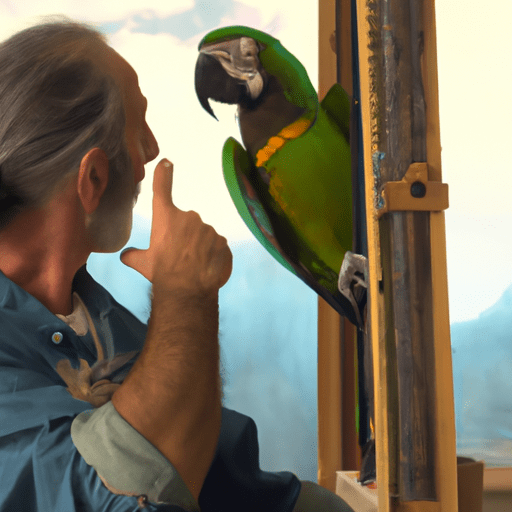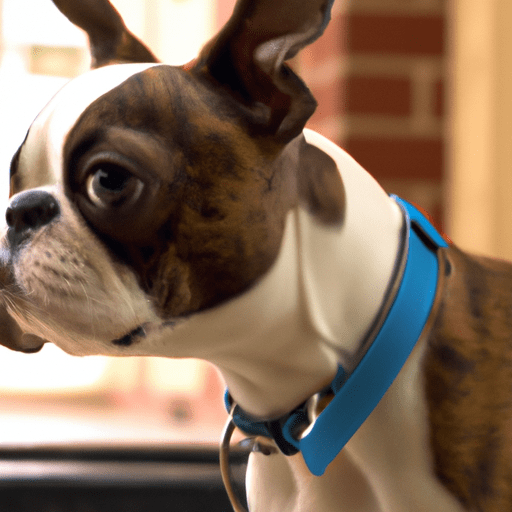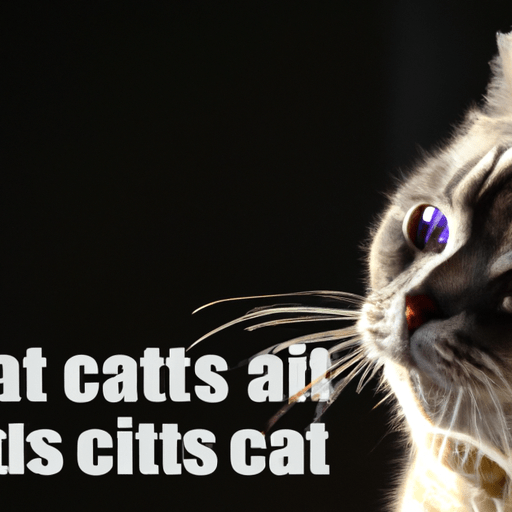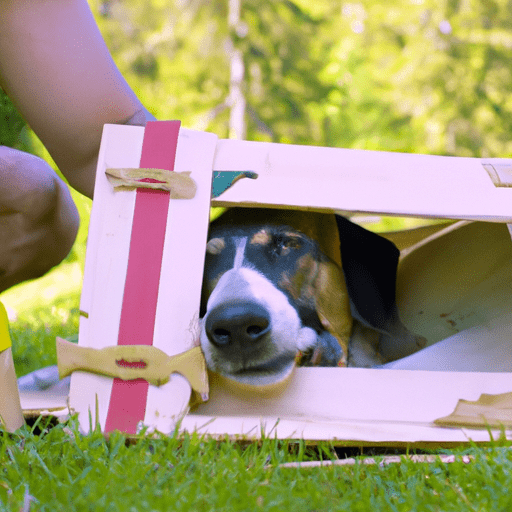“Unlock Your parrot‘s Potential with strategies for Your bird Active!”
html
Train your parrot to be active and healthy with these strategies! Click here to learn more about parrot training tips and strategies.
Introduction
parrot training is an important part of owning a pet bird. It is important to understand the basics of parrot training and to have a plan in place to ensure that your bird is well-behaved and happy. This article will provide you with some tips and strategies for training your parrot. We will discuss the importance of positive reinforcement, the use of rewards, and the importance of consistency. We will also discuss the importance of providing your parrot with a stimulating environment and the importance of providing your parrot with plenty of social interaction. Finally, we will discuss the importance of providing your parrot with a safe and secure environment. By following these tips and strategies, you can ensure that your parrot is happy and well-behaved.
5 Strategies for Training Your Parrot to Be More Active
1. Provide Variety: Parrots are intelligent creatures and can become bored easily. To keep your parrot active, provide a variety of toys and activities to keep them engaged. Rotate the toys and activities regularly to keep your parrot interested and active.
2. Create a Stimulating Environment: Parrots need an environment that is stimulating and encourages activity. Provide plenty of perches, swings, and ladders for your parrot to explore. Place mirrors and other reflective surfaces in the cage to provide visual stimulation.
3. Play Games: Parrots love to play games. Try playing hide and seek with your parrot by hiding treats around the cage and letting them find them. You can also play fetch with your parrot by throwing a toy and having them bring it back to you.
4. Provide Exercise: Parrots need regular exercise to stay healthy and active. Provide your parrot with a play gym or a play stand to encourage activity. You can also take your parrot outside for supervised playtime.
5. Spend Time Together: Parrots are social creatures and need interaction with their owners. Spend time with your parrot every day, talking to them, playing with them, and providing them with attention. This will help to keep your parrot active and engaged.
How to Create a Positive Environment for Parrot Training

parrot training is a rewarding experience that can bring you and your feathered friend closer together. But it’s important to create a positive environment for your parrot to ensure that the training process is successful. Here are some tips to help you create a positive environment for parrot training.
1. Establish a routine. Parrots thrive on routine, so it’s important to establish a regular schedule for training sessions. This will help your parrot understand what to expect and will make the training process easier.
2. Make sure your parrot is comfortable. Before you start training, make sure your parrot is comfortable in its environment. Provide plenty of perches, toys, and other enrichment items to keep your parrot entertained and engaged.
3. Use positive reinforcement. Positive reinforcement is key to successful parrot training. Reward your parrot with treats or verbal praise when it does something correctly. This will help your parrot understand what behaviors are desired and will make it more likely to repeat them.
4. Be patient. parrot training can take time, so it’s important to be patient and consistent. Don’t expect your parrot to learn everything overnight. Take your time and be consistent with your training methods.
5. Have fun! parrot training should be a fun and rewarding experience for both you and your parrot. Make sure to take breaks and have fun with your parrot during training sessions. This will help keep your parrot engaged and motivated.
Creating a positive environment for parrot training is essential for success. By following these tips, you can ensure that your parrot training experience is a positive one. With patience and consistency, you and your parrot can build a strong bond and have a lot of fun along the way.
Tips for Keeping Your Parrot Engaged During Training Sessions
training your parrot can be a fun and rewarding experience for both you and your feathered friend. However, it can be difficult to keep your parrot engaged during training sessions. Here are some tips to help you keep your parrot focused and motivated during training:
1. Keep it short and sweet. Parrots have short attention spans, so it’s important to keep training sessions short and sweet. Aim for 10-15 minute sessions and break them up into smaller chunks if needed.
2. Use positive reinforcement. Positive reinforcement is key when it comes to training your parrot. Reward your parrot with treats or verbal praise when they do something correctly. This will help keep them motivated and engaged.
3. Make it fun. Parrots are naturally curious and playful, so make sure to incorporate fun activities into your training sessions. Try using toys or puzzles to keep your parrot engaged and interested.
4. Be consistent. Consistency is key when it comes to training your parrot. Make sure to stick to a regular schedule and practice the same commands each time. This will help your parrot learn faster and stay focused.
training your parrot can be a fun and rewarding experience. With these tips, you can keep your parrot engaged and motivated during training sessions. Good luck!
Q&A
1. What are some tips for training my parrot?
A: Some tips for training your parrot include providing positive reinforcement, using consistent commands, breaking down tasks into smaller steps, and providing plenty of time for practice. Additionally, it is important to be patient and consistent with your parrot, as well as to provide plenty of mental stimulation and enrichment activities.
2. How can I make sure my parrot is getting enough exercise?
A: To ensure your parrot is getting enough exercise, it is important to provide plenty of toys and activities that encourage physical activity. Additionally, it is important to provide your parrot with an appropriate-sized cage that allows them to move around and explore. Finally, it is important to provide your parrot with supervised out-of-cage time to explore and play.
3. What are some ways to keep my parrot mentally stimulated?
A: Some ways to keep your parrot mentally stimulated include providing a variety of toys and activities that encourage problem-solving and exploration, such as foraging toys, puzzles, and interactive toys. Additionally, it is important to provide your parrot with plenty of social interaction and enrichment activities, such as training sessions and playtime with other birds.
Conclusion
In conclusion, parrot training is an important part of owning a pet bird. It is important to remember that parrots are intelligent creatures and require patience and consistency when it comes to training. By providing your parrot with a stimulating environment, positive reinforcement, and plenty of time to bond with you, you can create a strong bond with your pet bird and help them to become a well-behaved and happy companion. With the right strategies and tips, you can ensure that your parrot is a happy and healthy member of your family.











